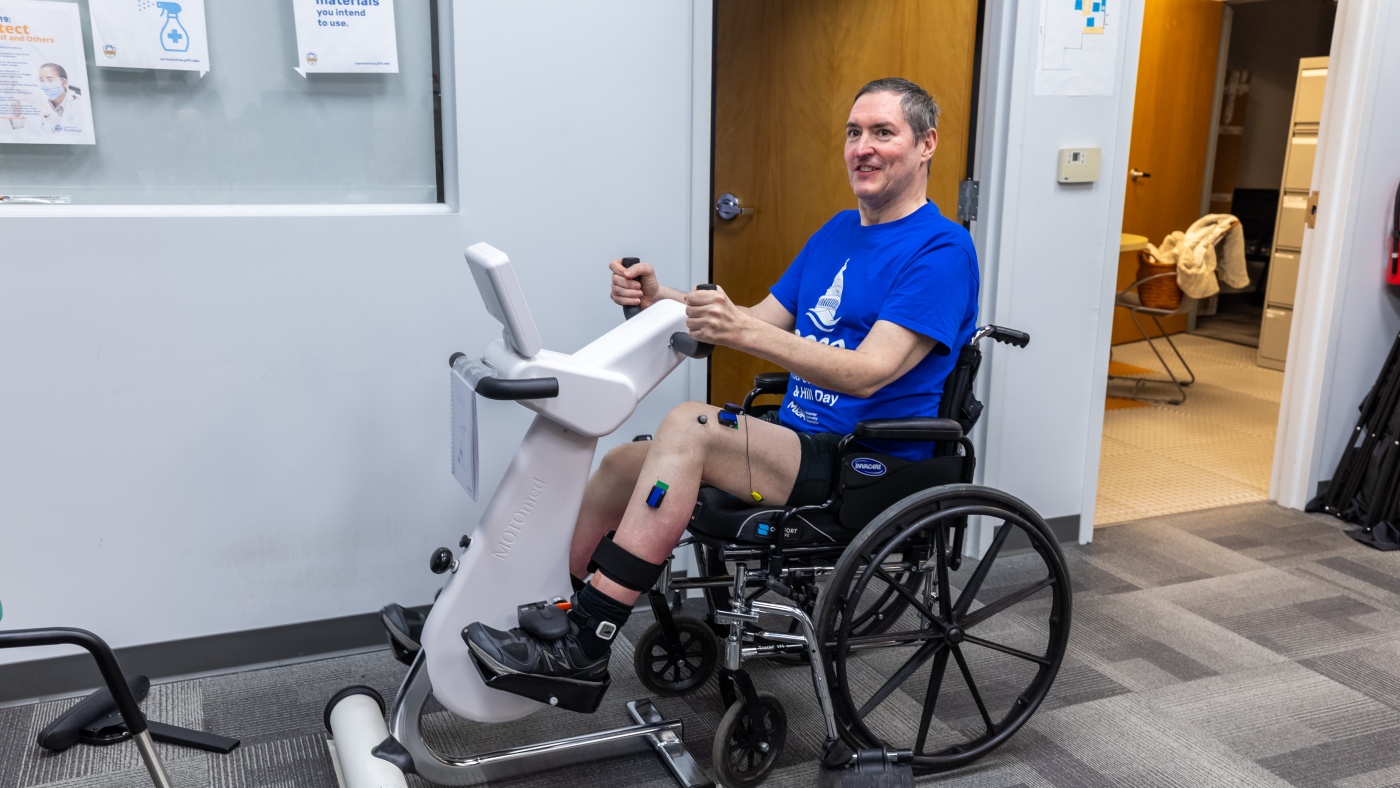Breakthrough: Electric Pulse Therapy Revives Muscles Crippled by Rare Genetic Condition

In a groundbreaking medical breakthrough, researchers have discovered a promising treatment for patients with spinal muscular atrophy (SMA). A recent study revealed remarkable improvements in muscle strength and mobility after just one month of innovative spinal stimulation therapy.
Three patients participating in the study experienced significant positive changes. Not only did they demonstrate enhanced muscle strength, but they also gained the ability to walk longer distances - a development that offers hope to those battling this challenging neurological condition.
The spinal stimulation technique appears to be a potential game-changer for SMA patients, providing a glimmer of hope where traditional treatments have fallen short. By targeting the nervous system directly, this approach shows remarkable potential for improving patients' quality of life and motor function.
While more research is needed to fully understand the long-term implications, these initial results are incredibly encouraging. They suggest that spinal stimulation could be a transformative therapy for individuals living with spinal muscular atrophy, potentially opening new pathways for treatment and rehabilitation.

